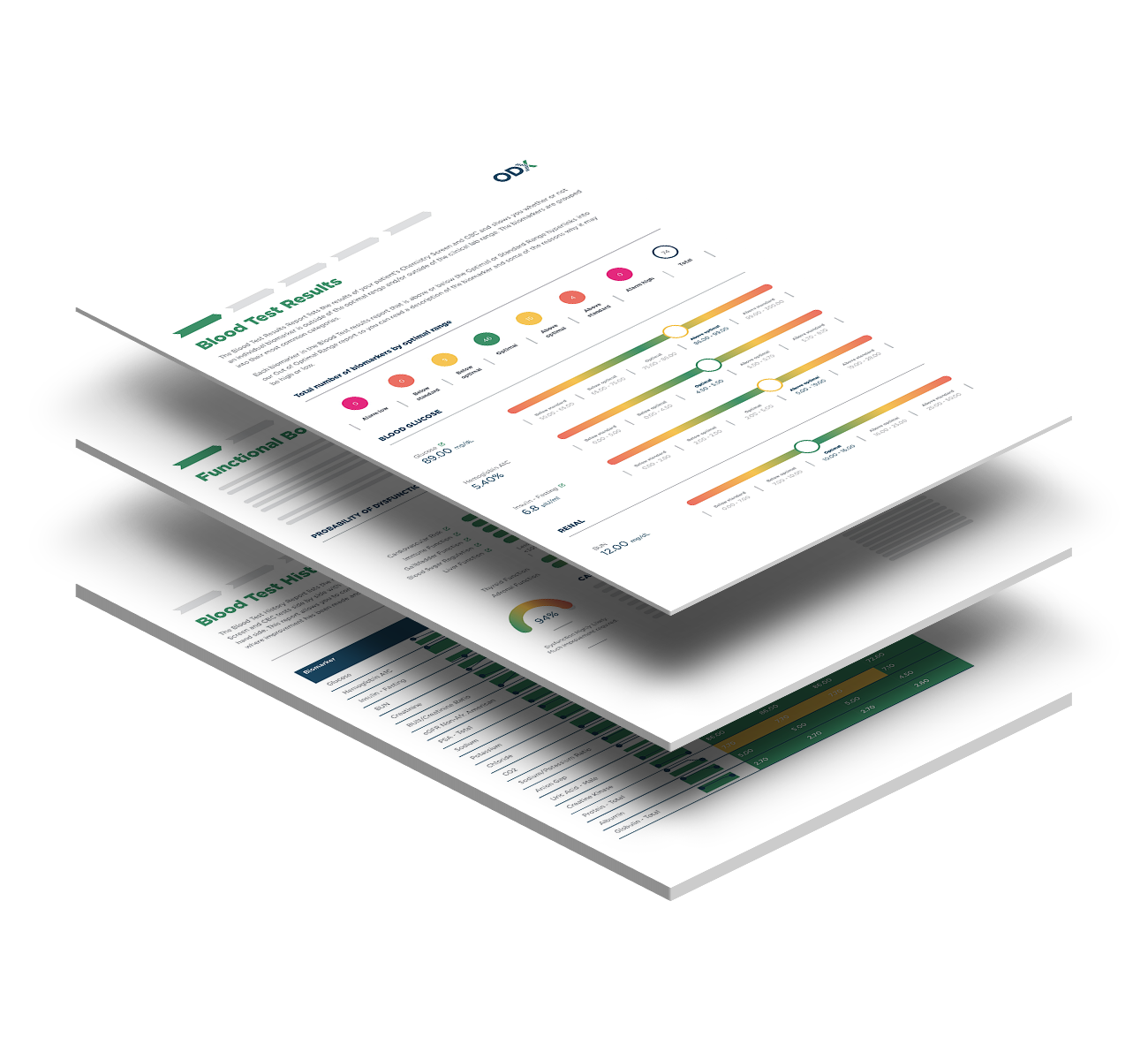Sex hormone binding globulin (SHBG), a transport protein for sex hormones, has a five-times stronger affinity for androgens such as testosterone and DHT than for estrogen. However, SHBG may have physiological roles beyond hormone transport (Goldstajn 2016).
SHBG production can be influenced by:
- Endocrine and liver disorders (Goldstajn 2016).
- Genetic factors (Simons 2021, Wallace 2013)
- Medications, alcohol intake, energy balance, physical activity, and dietary factors.
- A low-protein, low-fat diet can increase SHBG.
- Increased alcohol intake is associated with increased SHBG, while abstinence can reduce it (Ho 2023, Iturriaga 1999).
- Moderate alcohol intake can reduce SHBG, but excessive alcohol intake can increase it by 3-fold (Thaler 2015).
- A low SHBG is also associated with fatty liver, excess fructose intake obesity, glucose dysregulation, metabolic syndrome, PCOS, and increased risk of developing diabetes and cardiovascular disease (Goldstajn 2016).
- Elevated SHBG may be associated with decreased bone mineralization, increased fracture risk (Goldstajn 2016), hyperthyroidism, psychological stress, activation of the HPA axis (Thaler 2015), prostate cancer (Garcia-Cruz 2013, Thaler 2015), and CVD (Gyawali 2019).
The association between diet and SHBG levels is unclear and can vary. According to current research (Longcope 2000):
- SHBG increases as age increases.
- A high-fiber diet decreased SHBG in women, though increasing fiber has also been associated with increased SHBG.
- Vegetarian men and women were found to have increased SHBG levels compared to non-vegetarian.
- Increased caloric intake in people with anorexia decreased SHBG
- A very low-calorie diet doubled SHBG in women with PCOS.
- A high-fat diet decreased SHBG in men, and a low-fat diet increased it.
- Protein intake is negatively associated with SHBG; the lower the protein intake, the higher the SHBG level.
- A high-protein, high-fat diet may reduce elevated SHBG, which can also increase bioavailable testosterone in men.
- Protein intake increases insulin, which has an inhibitory effect on SHBG, lowering SHBG in the blood.
Some small-scale studies suggest that circulating SHBG levels may be (Gyawali 2018):
Inversely associated with
- Body composition
- C-reactive protein
- Estrogen
- Growth hormone
- Insulin
- Intrahepatic fat
- Moderate alcohol intake
- Monosaccharides
- Triglycerides
Positively associated with
- Adiponectin
- Follicle-stimulating hormone
- Physical activity and resistance training
- Total testosterone
- Thyroxine
Optimal Takeaways
Investigate and address potential causes of elevated SHBG, including
- Anorexia nervosa
- Excess alcohol intake
- Hyperthyroidism
- Inadequate protein intake
- Kwashiorkor
- Stress
Functional medicine approaches to lowering SHBG levels (Fork Clinic):
When estrogen or testosterone is low, and SHBG is elevated:
- Evaluate medication use that might influence SHBG.
- Work to maintain a healthy body weight and eat enough food, including protein. Being underweight and having a low protein intake may be associated with higher SHBG and lower sex hormone levels.
- Use natural remedies like nettle leaf to help decrease SHBG levels.
- Support hormone levels with herbal medicine, supplements, bioidentical hormone replacement, or other strategies.
References
Fork Clinic. Causes and Solutions for Elevated SHBG and TBG Levels. https://www.theforkclinic.com/post/causes-and-solutions-for-elevated-shbg-and-tbg-levels
Goldstajn, Marina Šprem et al. “Sex Hormone Binding Globulin (SHBG) as a Marker of Clinical Disorders.” Collegium antropologicum vol. 40,3 (2016): 211-8.
Gyawali, Prabin et al. “Cross-sectional and longitudinal determinants of serum sex hormone binding globulin (SHBG) in a cohort of community-dwelling men.” PloS one vol. 13,7 e0200078. 11 Jul. 2018, doi:10.1371/journal.pone.0200078
Ho, Ada Man-Choi et al. “Associations of sex-related steroid hormones and proteins with alcohol dependence: A United Kingdom Biobank study.” Drug and alcohol dependence vol. 244 (2023): 109781. doi:10.1016/j.drugalcdep.2023.109781
Iturriaga, H et al. “Sex hormone-binding globulin in non-cirrhotic alcoholic patients during early withdrawal and after longer abstinence.” Alcohol and alcoholism (Oxford, Oxfordshire) vol. 34,6 (1999): 903-9. doi:10.1093/alcalc/34.6.903
Longcope, C et al. “Diet and sex hormone-binding globulin.” The Journal of clinical endocrinology and metabolism vol. 85,1 (2000): 293-6. doi:10.1210/jcem.85.1.6291
Simons, Pomme I H G et al. “Sex hormone-binding globulin: biomarker and hepatokine?.” Trends in endocrinology and metabolism: TEM vol. 32,8 (2021): 544-553. doi:10.1016/j.tem.2021.05.002
Thaler, Markus A et al. “The biomarker sex hormone-binding globulin - from established applications to emerging trends in clinical medicine.” Best practice & research. Clinical endocrinology & metabolism vol. 29,5 (2015): 749-60. doi:10.1016/j.beem.2015.06.005
Wallace, Ian R et al. “Sex hormone binding globulin and insulin resistance.” Clinical endocrinology vol. 78,3 (2013): 321-9. doi:10.1111/cen.12086







